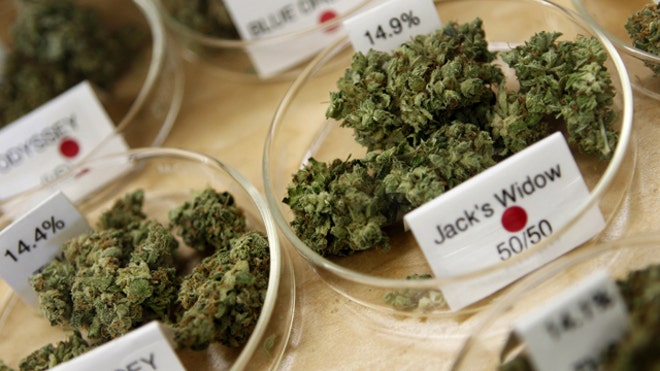“Now we might know why dopers look so thin and gaunt. Cannabis facilitates weight loss!”

“Two cannabis compounds can raise the quantum of energy the body burns and keep obesity at bay. Called THCV and cannabidiol, they were found to have an appetite suppressing effect too for a short while. Animal tests have shown these compounds can help treat type two diabetes while also lowering levels of cholesterol in the blood stream and fat in key organs like the liver.
Scientists also found the compounds also had an impact on the level of fat and its response to insulin, a hormone that controls blood sugar levels, the Telegraph reports. THCV was also found to increase the animals’ sensitivity to insulin while also protecting the cells that produce insulin, allowing them to work better and for longer.
Steph Wright, director of research and development at GW Pharmaceuticals developing the drugs, said: “The results in animal models have been very encouraging. We are interested in how these drugs effect the fat distribution and utilisation in the body as a treatment for metabolic diseases”. We are conducting four Phase 2 clinical trials and we expect some results later this year,” Wright said.
Tests in mice showed the compounds boosted their metabolism, leading to lower levels of fat in their livers and reduced cholesterol in their blood stream. They are now conducting clinical trials in 200 patients in the hope of producing a drug that can be used to treat patients suffering from “metabolic syndrome”, where diabetes, high blood pressure and obesity combine to increase the risk of heart disease and stroke.
Mike Cawthorne, director of metabolic research at the University of Buckingham who has been conducting the animal studies, said: “Over all, it seems these molecules increase energy expenditure in the cells of the body by increasing the metabolism”.”
http://health.india.com/news/cannabis-the-new-weight-loss-secret/









